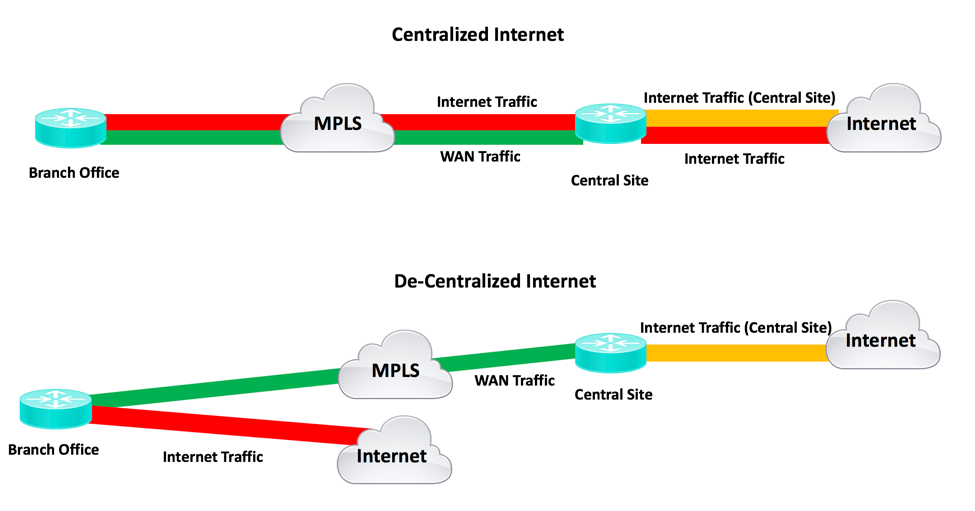
This is a great technical article (but still a short read) from Information Week with easy-to-understand diagrams. The article touches on the evolution of the WAN and three current design approaches.
***
A little history
Old TDM networks used to be “random” meshes of T1s, etc. Part of what drove the design was mileage-centric costs, so one would interconnect nearby sites and end up with a network that looked sort of like chicken wire fencing. Capacity planning was painful, as was multi-hops and latency. And the mesh-iness tended to aggregate traffic, thereby aggravating congestion and cost.
As Frame Relay then ATM came in, things gradually evolved to where they are today. We now tend to ignore distance, and just interconnect sites with MPLS or Metro Ethernet WAN “clouds.”
One of the old rules of thumb was to home anything circuit-like to the data centers; they generally don’t move or get replaced very often.
With MPLS, that became less of a concern. However, most applications moved to the data center (with the possible exception of portions of the federal government), so traffic flows were mostly data center-centric, excepting VoIP and other anomalies. That meant the WAN was also still data center-centric.
What’s changed?
Two things:
- The apps (and sometimes the data) are moving to colocation data centers or the cloud
- SaaS and cloud-based apps and managed services require efficient, lower latency internet access
Concerning that latter item, up until recently, I’d have said there were two current design approaches, but now I think there are three:
- Centralized internet access (one set of firewalls and security enforcement tools
- Decentralized internet access (or every site for itself)
- Regionalized internet access
The trend is away from the centralized approach, except for geographically localized organizations. Read the full article here.











